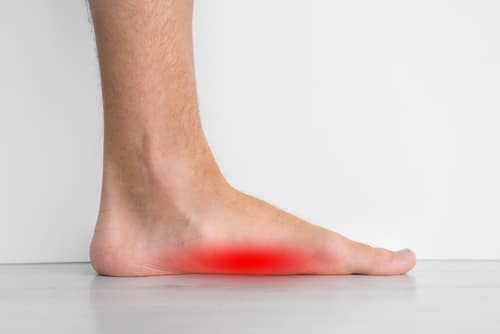Foot health is integral to overall well-being, particularly when dealing with conditions such as bunions, ingrown toenails, diabetic foot complications, or wound care. A podiatrist is a healthcare professional specializing in diagnosing and treating foot and ankle issues. Selecting a podiatrist who aligns with your needs requires a thoughtful approach. Here are the key steps to choosing a podiatrist:
Assess Credentials and Experience
Verifying a podiatrist’s credentials is a key step. Make sure they hold a Doctor of Podiatric Medicine (DPM) degree from a recognized institution. Confirm if they have any other certifications tied to your specific condition. Experience is equally fundamental. Look into how long they have practiced and whether they have treated cases similar to yours.
Review their professional affiliations and memberships. Membership in reputable organizations often indicates adherence to high standards of care and ongoing professional development. Such affiliations may also signal a commitment to staying updated on advancements in the field.
Pay Attention to Specialization
Some podiatrists specialize in specific areas, such as sports-related injuries, diabetic foot care, or surgical procedures like correcting bunions. Identifying whether a podiatrist has expertise in treating your condition, such as ingrown toenails or wound care, helps narrow down options. These specialties show that the podiatrist has extra training and experience in those areas, which may matter to you as a patient.
Convenience and Accessibility
Finding a conveniently located podiatrist is another key factor to look at. You’ll likely need to see your podiatrist regularly for follow-up appointments or treatment plans. Choosing one with an office near your home or workplace can save time. You may also want to inquire about their hours of operation and availability for urgent appointments or after-hours care.
Accessibility is key for individuals with mobility issues or disabilities. Be sure to ask if the office has parking, wheelchair ramps, and other accommodations to make your visits more comfortable. Also, review the range of services they provide to make sure they can address your specific needs. Common offerings may include treatment for conditions such as bunions, plantar fasciitis, ingrown toenails, and more specialized services like custom orthotics or diabetic foot care.
Ask for Recommendations
Speaking with your general practitioner, friends, or family members can provide valuable suggestions. Many individuals rely on recommendations when selecting healthcare providers. Online reviews are another supplemental resource to assess the podiatrist’s practice performance.
Book an Initial Consultation
An initial consultation is an effective way to evaluate a podiatrist. Use this opportunity to observe how they diagnose conditions and discuss potential treatments. This meeting also allows you to gauge their communication style and whether it matches your preference for a detail-oriented and approachable professional.
See a Podiatrist
Whether you’re managing a condition such as bunions, ingrown toenails, diabetic foot concerns, or complex wound care, selecting the right podiatrist is fundamental for optimal results. Assess credentials, confirm specialization, and align availability with your needs. Book an initial consultation to evaluate compatibility and ask targeted questions about your treatment plan. Proactive care with the right podiatrist will make sure your foot health remains in excellent condition over the long term.

